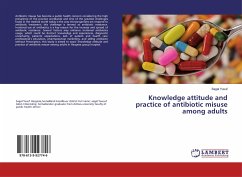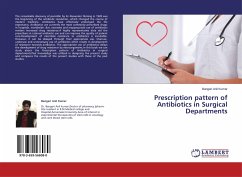The emergence of resistance to antimicrobial agents is a global public health problem. Although a number of factors can be identified which contribute to this problem, ß-lactamases of Gram-negative bacteria are the most important mechanism of resistance against ß-lactam drugs except carbapenems and cephamycins. This study was carried out to evaluate the prevalence, development of resistance in clinically significant bacteria against commonly used antibiotics with special reference to ß-lactam antibiotics and to determine the frequency of extended-spectrum ß-lactamases (ESBLs) production among Enteric Gram-negative rods EGNRs). Considerable resistance was demonstrated among the organisms against all the commonly used antibiotics including ß-lactams. There was no antibiotic showing 100% sensitivity which was tested against sufficient number of organisms, even carbapenems and beta- lactam/beta-lactamase inhibitors had developed resistance.








